-
Posts
7,985 -
Joined
-
Last visited
Content Type
Profiles
Forums
Gallery
Events
Posts posted by Louie da fly
-
-
Okay, so I've made the stem and sternposts.
It took a bit of adjustment to get them to follow the line of the slots I'd cut in the plug. The plug is still in two halves, just held together with a G-clamp. That way I could adjust the slots until everything fitted.
First I made the inner curve of each post approximate as closely as possible the curve of the slot
But even that needed a bit of work - the slots on the two halves of the plug didn't quite line up. So with a bit of trial and error, and adjustment back and forth, I got the slot and the inner curves of the posts to mesh, so the posts would sit in the slots correctly. The two posts are not identical, so I marked them with pencil to tell them apart (B for bow, S for stern), and did the same for the plug and the keel.
Then I took it all apart and adjusted the outside curve of each post to match the shape in the original picture on the city seal.
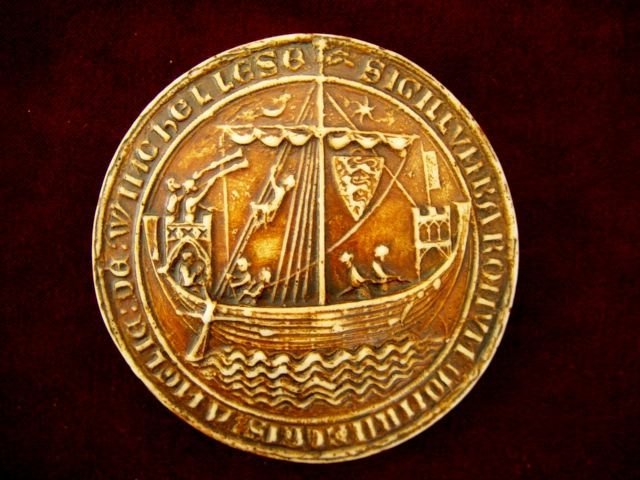
I had originally thought to have the keel in a slot in the plug, but then I looked at the midships section of the Hedeby/Haithabu knarr and it seemed to be outside the body of the hull (see picture in my first post). So I decided to do it that way - to the degree that I glued in a bit of wood to fill in the slot I'd already cut in one side of the plug.
But the more I thought about it, the more impractical it seemed to be - nothing seemed to work if I did it that way. And then of course it occurred to me - this is a nef, not a knarr - there's no reason to suppose the construction method was exactly the same in a non-Scandinavian ship. So I went back to my original idea, and it seems to work much better.
The main issue was getting the scarph joints between the keel and the stem and sternposts exactly in the right place and fitting perfectly. If I stuffed it up I'd have to re-make either the keel or one of the end posts.
I didn't get it perfect - one of the cuts wasn't exactly at right angles across the joint - but not too bad, and I used filler made of PVA (white) glue and sawdust to fill the tiny gap I'd left on one side of one of the joints. As you can see from the photos above I used cling-wrap to ensure the posts and keel didn't stick to the plug.
Et voila!
And I've succumbed to peer pressure and started on the crew - this is the helmsman under way (pear wood from the neighbour's tree and No. 11 craft knife)
(yes, all right I did want to do it, really
 )
)
Steven
- Tony Hunt, Cirdan, GrandpaPhil and 9 others
-
 12
12
-
Most of this is over my head - RC is a totally unknown field to me. (In my view anything more complex than a waterwheel is an instrument of the devil).
The action looks good. The only comment I can make is that lower bank oarports apparently had leather sheaths to keep the water out. I'd intended to put them on my dromon, but (a) I never got round to it and (b) they wouldn't have been visible anyway. But you might consider it for your own model, which is at a larger scale than my own. I doubt that you could use leather, but perhaps thin vinyl or something similar?
Steven
-
-
Welcome to MSW, OmegaDragon!
If you do want to restore this model, do a search under the word "restoration" or "restoring" (the search bar is at the top right of this page). You'll see quite a few nice restorations of old models, including decorator models, which should give you some good ideas. Given that these models are now about 100 years old, they form a historical artefact in their own right and are perhaps worth fixing up just because of that.
Good to have you aboard!
Steven
- Keith Black, mtaylor and OmegaDragon01
-
 3
3
-
Thanks, Pat.
I'll try Bunnings (when I'm allowed to go there).

Steven
- mtaylor and Keith Black
-
 2
2
-
Wonderful to see this restoration completed. You guys have done a wonderful job of returning "Harry" to his original glory, but preserving the patina of age. It's beautiful.
Any chance of more photos from other angles?
Steven
- mtaylor, Keith Black and MEDDO
-
 3
3
-
Wow! I mean, just wow!
The sides don't need to be rounded, mate - just the corners.
What kind of plastic are you using for your 3d printing?
I'd need probably 24 x 2mm deadeyes - but is it possible to make them 1mm as well, or is that asking too much of the technology? If it's possible, I'm going to need lots - probably more than 70(!)
At the moment I'm having problems getting the glue to hold the strops to the deadeyes - I've tried CA and it just doesn't work. I've tried Tarzan's Grip, but it's too gooey. I'm going to try polystyrene cement when I can get some (i.e. after lockdown stops), and even PVA -even though it doesn't stick plastic it might hold the two sides of the strop together.
Thanks so much for what you've been doing, Henry. Very much appreciated.
- Keith Black and mtaylor
-
 2
2
-
Beautiful work, Lyle.
Steven
-
Beautiful work, Eric, from beginning to end.
Steven
- Cathead, druxey, FriedClams and 1 other
-
 4
4
-
Not so much perspective (though it's true that they didn't use it - the secret had been lost after Roman times and wasn't re-discovered till the Renaissance) but generally if something was important, you made it big.
Steven
-
-
3 hours ago, druxey said:
Why then, I wonder, were bonnets in use until so much later?
A very good question, Druxey. Somehow the technology for reef points got lost or forgotten. Like chain pumps, which the Romans had (and perhaps the Byzantines), but which got forgotten/lost until the 16th century. And it's interesting, because it seems to me that reefing is a far more efficient method of adjusting sail area than bonnets.
3 hours ago, Chuck Seiler said:Landström shows those 'bumps' as well, on both SANDWICH and WINCHELSEA. With SANDWICH you can see the deck. The beams appear to be at deck level and the higher up beam do appear to support raised foredeck and poopdeck.
Yes, though these in themselves are theoretical reconstructions, I find Landström's stuff to be very believable - his vessels always look seaworthy, unlike many other reconstructions I've seen of various ships over the years (some in museums!).
Steven
- Chuck Seiler, mtaylor, druxey and 1 other
-
 4
4
-
Henry, if you're able to use a guitar pick as a model, would it also be possible to put the holes in?(the hardest part for me!)
Steven
- Keith Black and mtaylor
-
 2
2
-
Thank you very much, Christian and Chuck. All these reconstructions are very similar (as one would expect, given that they are based on the same originals). The differences are relatively minor, within the expected variation - no more than the differences between various of the originals.
Zimmerman's reconstruction looks most like the ships on the seals of Hythe and Haverford West
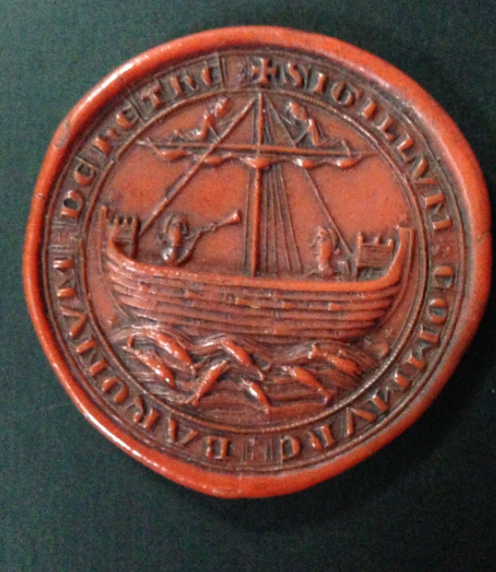
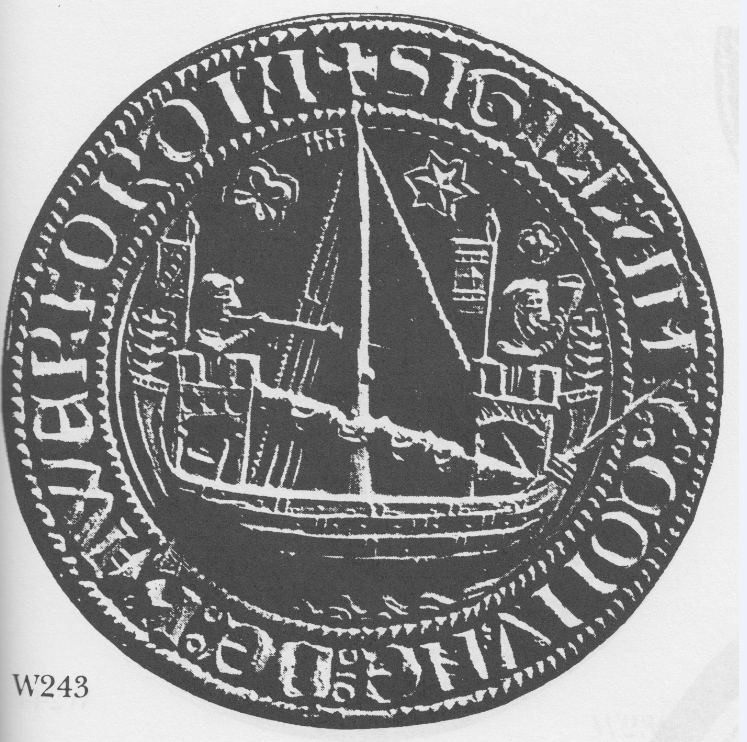
Hythe Haverford West
(though the Hythe seal doesn't show a bowsprit) - apart from the missing fighting top it also looks like the ship on the seal of Sandwich. Fircks reconstruction seems to be based on the Winchelsea ship (see the horizontal line behind the middle of the the steering oar, not shown on any other seal) but the superstructure is simplified. The trapezoidal shape of the castles seen from above in both reconstructions is pretty much how I intend to make mine. Zimmerman's model (though not the plans) shows oarports, though I can't see anything in any of the contemporary illustrations to support that.
There are "bumps" on the Winchelsea ship which are higher than the main through-beams. They also appear on the San Sebastian seal. Are these beams for a foredeck and poop?
Chuck, there's certainly quite a bit of difference in the level of the through-beams between various seals. The Winchelsea one seems to give a good height for the deck and the bulwark is a decent height above that. It's up to you how you interpret these beam heights. Certainly, without a time machine no-one can tell you that you're wrong!
Druxey, surprising as it seems, reef points appear to have been invented as early as the 13th century as shown in the seal of Hastings
Seal of Dover - 13th ventury
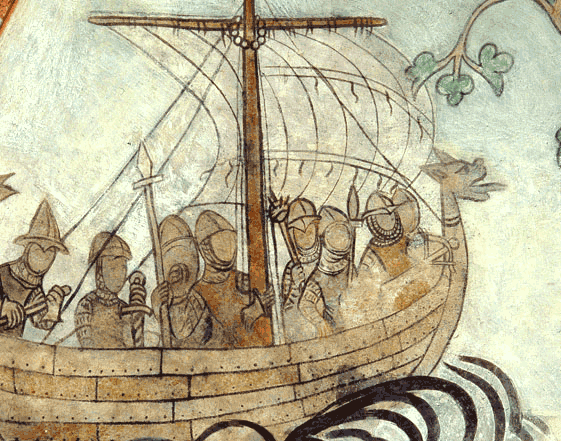
Mural in the Skamstrup church in Denmark - probably early 14th century.
And they were still in use in the early 15th century:
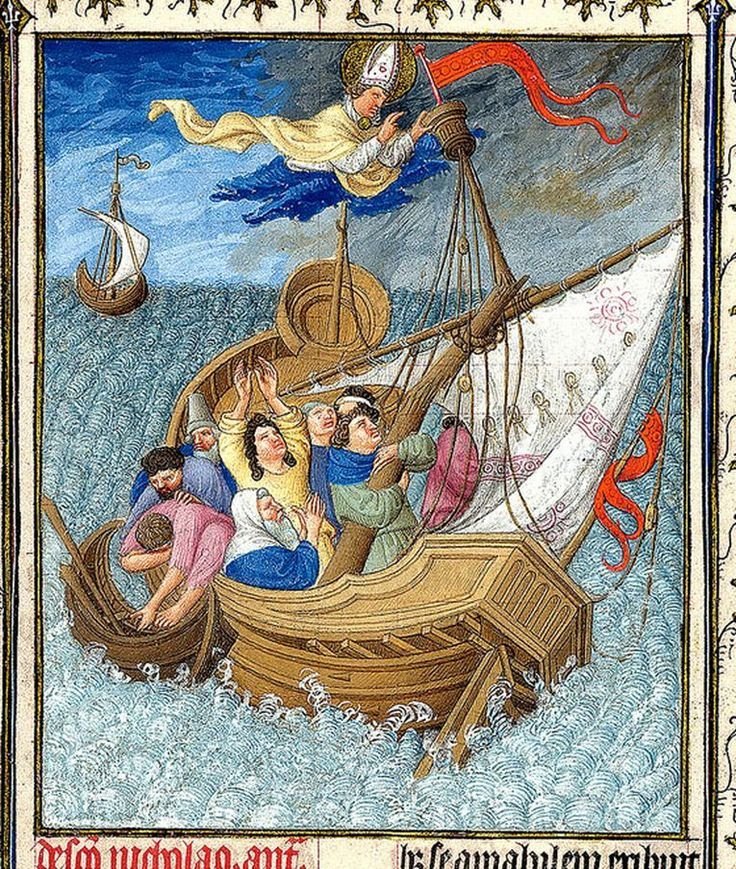
1405-09 Belles Heures de Jean de France St Nicholas saving the ship in the storm
And somewhere between then and the 16th century they seem to have vanished to be replaced by bonnets, only coming back into use in the 17th. Who knew?
Steven
- GrandpaPhil, Tony Hunt, BANYAN and 3 others
-
 6
6
-
-
-
1 hour ago, henrythestaffy said:
If you want the round deadeyes i could try and print some for you
Thanks, mate. Unfortunately I'm stuck with triangular deadeyes. That's what they had in the 16th century. But I appreciate the offer.
Steven
-
Nice one, Chuck. I look forward to following the build.
Steven
-
Doing a test piece to see if I can make deadeyes small enough for the foretopmast shrouds. I found card just wasn't structurally capable of dealing with this size, even when impregnated with glue, so I've moved to plastic - the lid of a container of "Nature's Cuppa" - a coffee replacement drink with no caffeine (don't get me wrong; I still drink coffee, but only now and then as a treat.)
Here's one of the deadeyes:
Or in metric:
and the two deadeyes with lanyards:
and if you speak metric . . .
and in my fingers (note Landström's The Ship as the background):
I think I've pretty much hit the limit for small deadeyes, at least with the technology available to me. Fairly labour-intensive, too

Steven
-
-
-
1 hour ago, liteflight said:
Hull carving using buttocks: this has been my preferred way of carving hulls for racing yachts. To help with precise fairing of the hull I colour the wood glue with acrylic paint so that there is a good visual marker of your progress in fairing the hull or plug.
Yes, this is only the second time I've carved a hull this way, but it seems to work well.
8 hours ago, Chuck Seiler said:8 if you include the helmsman and the 2 guys with the horns.
Damn! I miscounted!
1 hour ago, Cathead said:Oh cool, this looks fascinating. I speak some German but probably not enough to be useful in translating maritime history.
I learnt German for two years in high school - all gone - too long ago. And I never got any good at it, anyway.
1 hour ago, Cathead said:You've been a great influence in dragging my interests from obscure American riverboats to even more obscure ancient ships.
Why, thank you - I think . . .
 1 hour ago, liteflight said:
1 hour ago, liteflight said:I prefer the emu drumsticks you have elegantly offered.
Have you ever eaten emu? Tastes like petrol!
1 hour ago, Chuck Seiler said:the pictures are in English. They must be...I understand them. 😄

Steven
-
Thanks very much, Ian. Very interesting.
Steven
- Canute, mtaylor and thibaultron
-
 3
3
-
Does that mean I have to carve 7 crew members, including one half-way up the mast?

- GrandpaPhil, Cathead, Tony Hunt and 2 others
-
 5
5



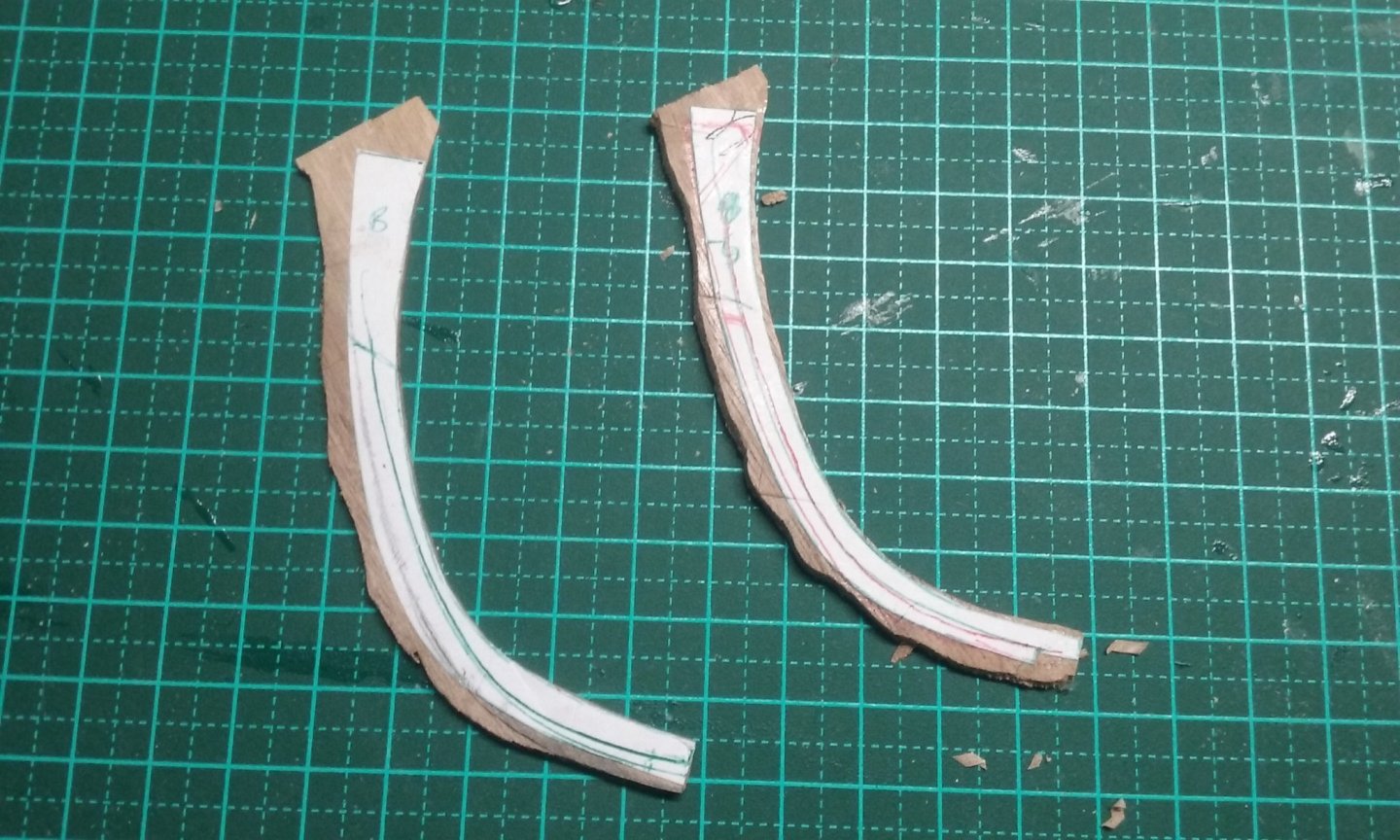
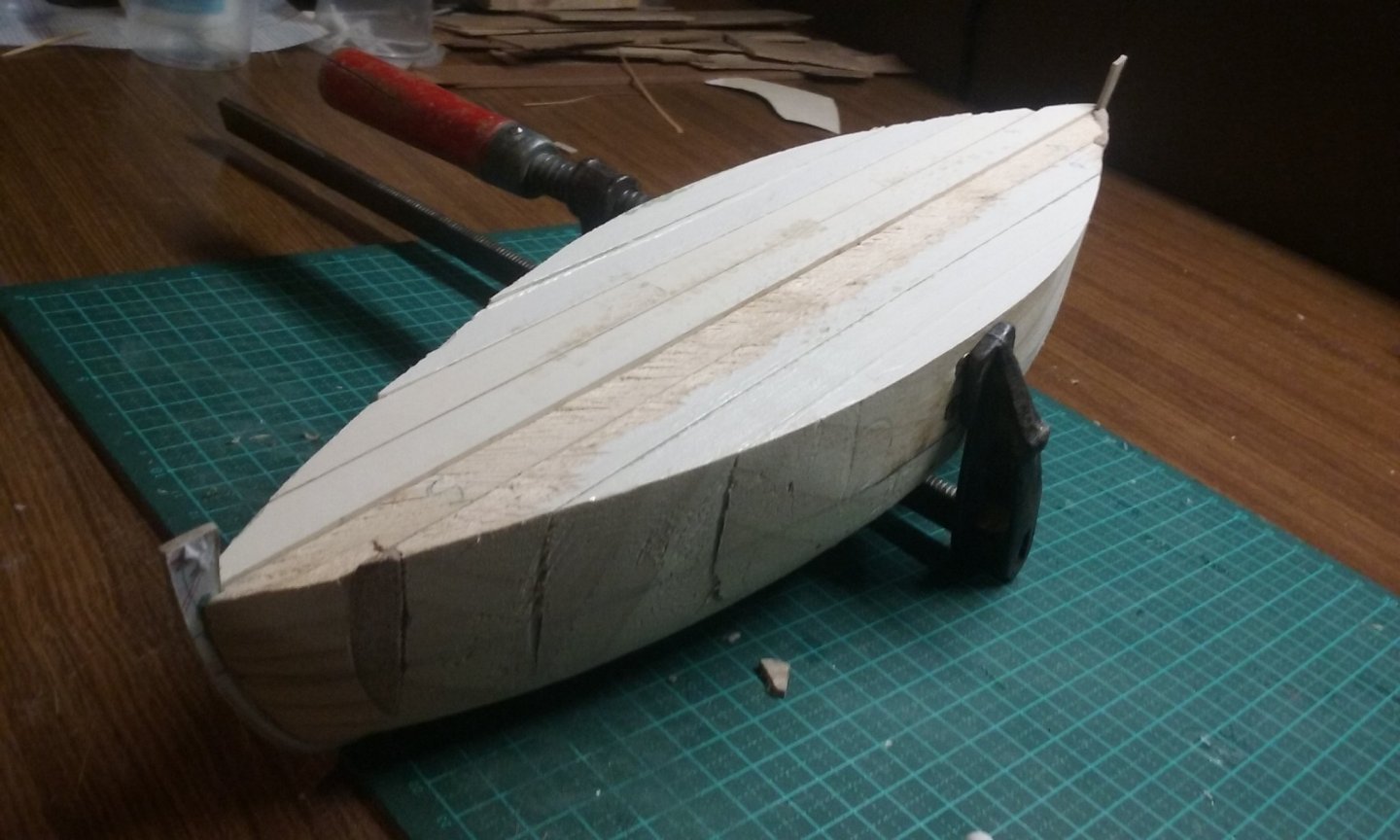
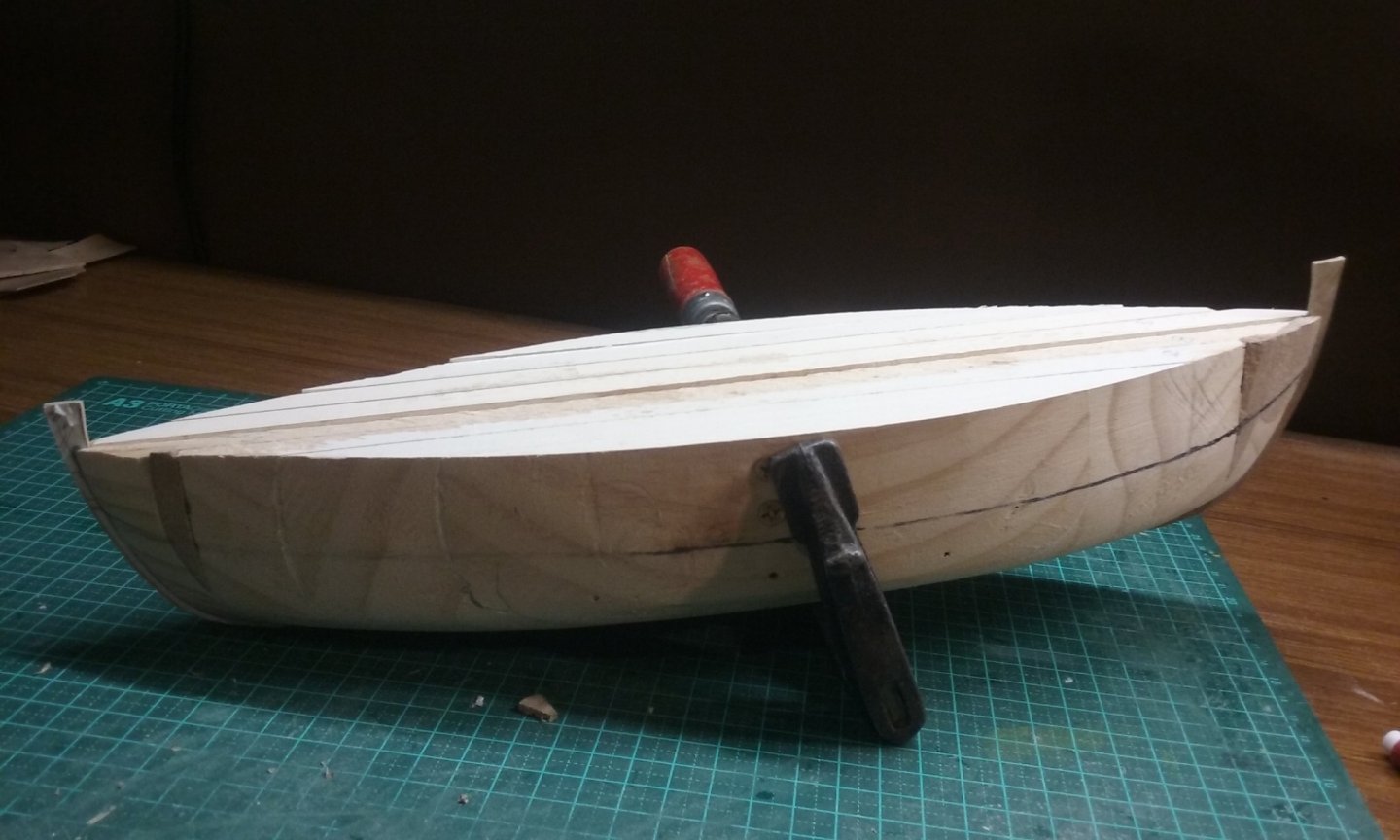
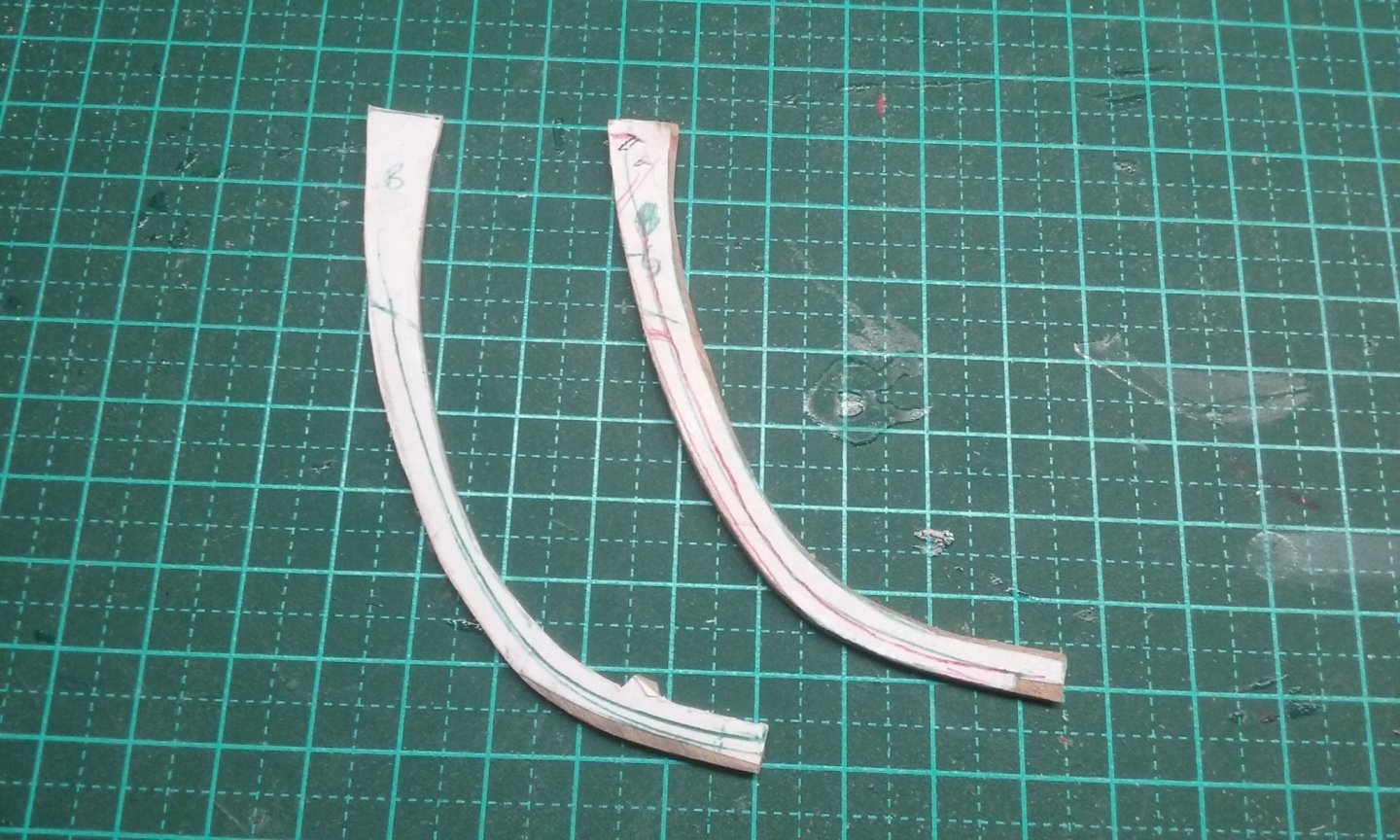
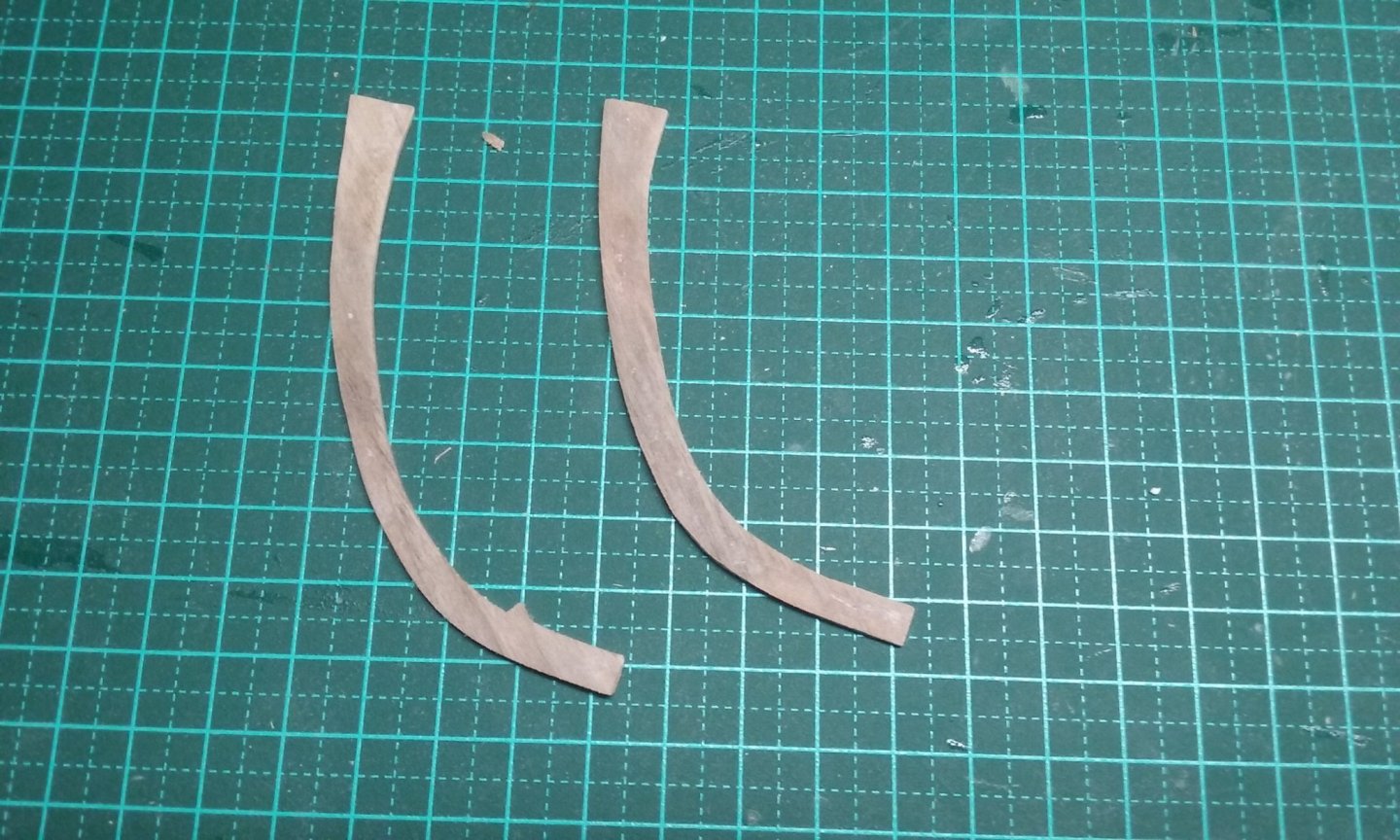
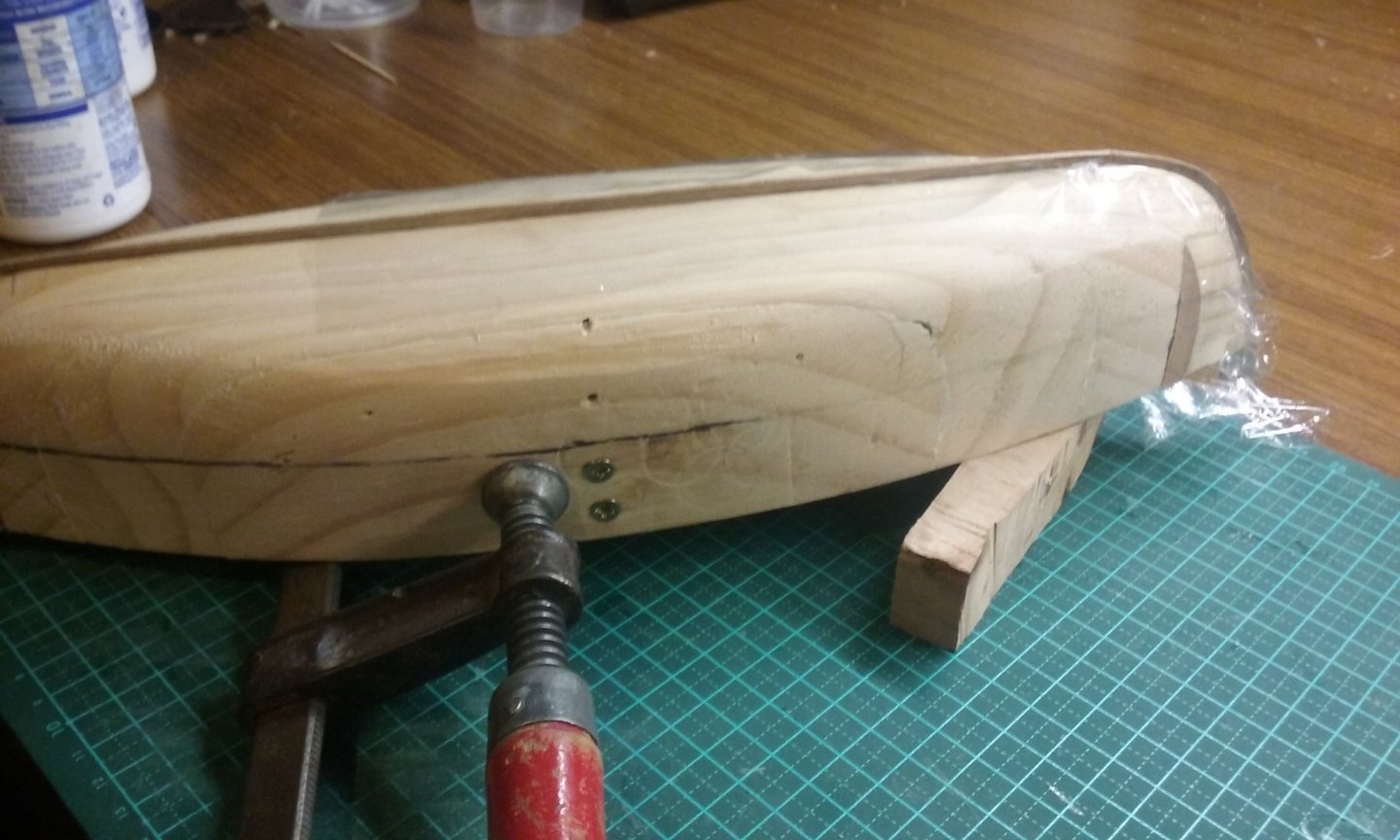
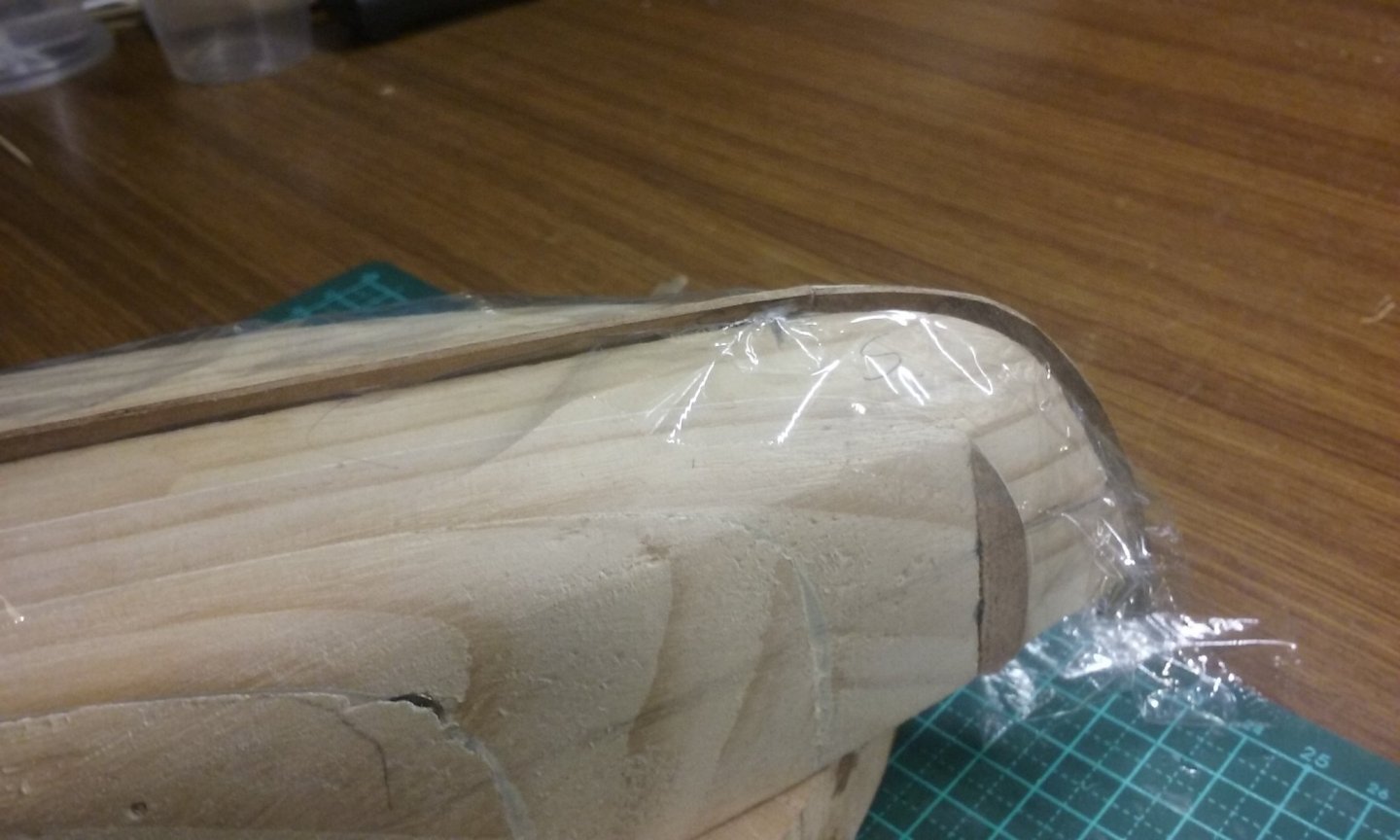
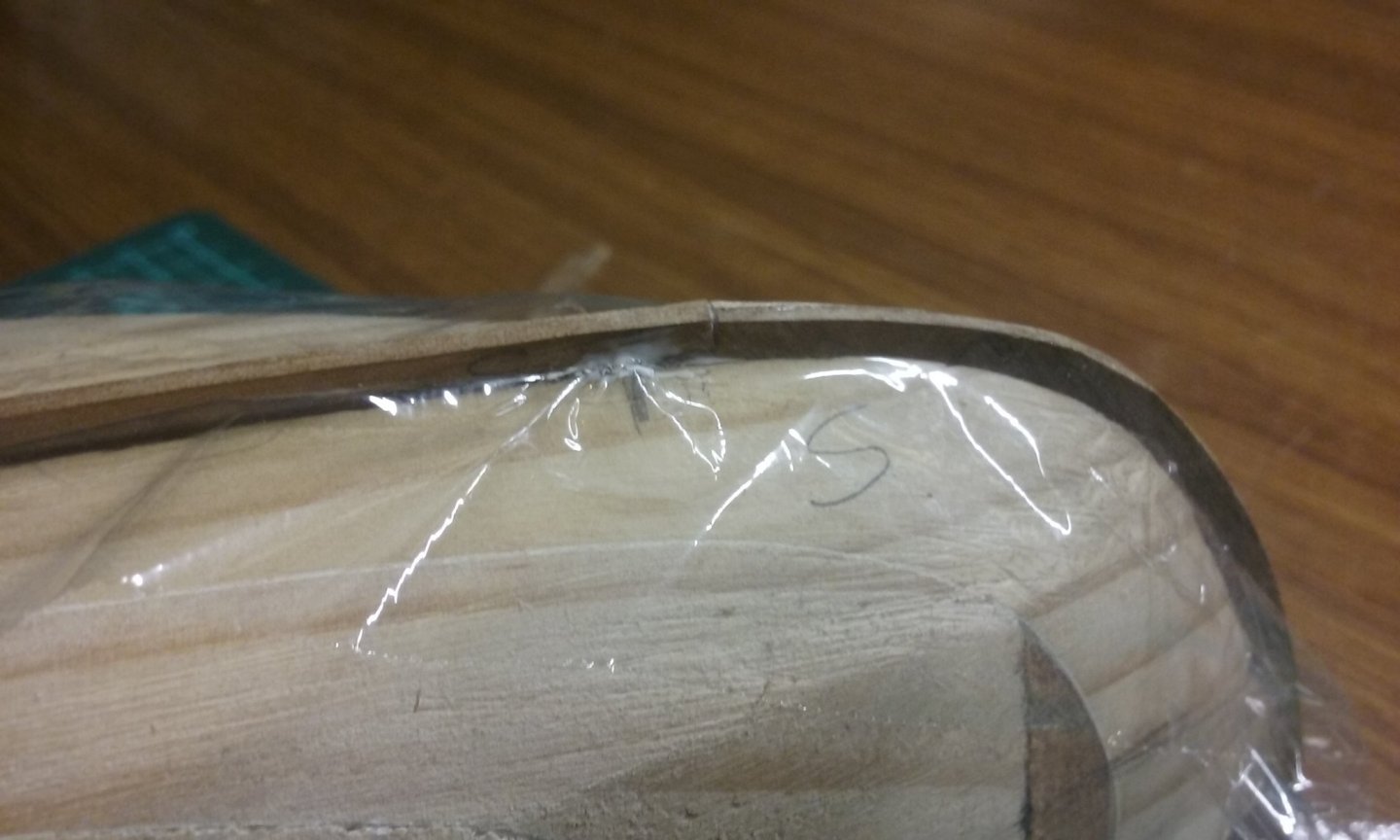
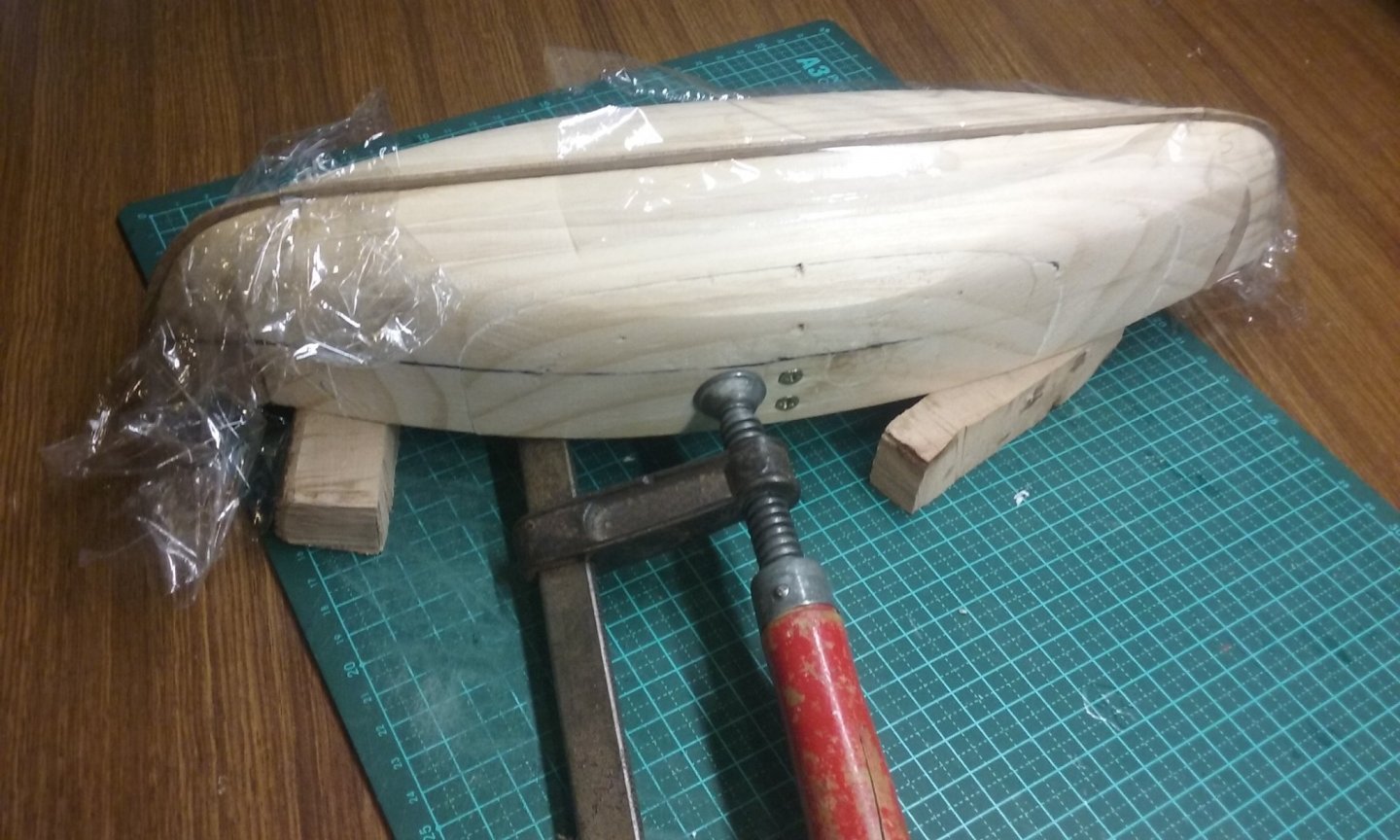
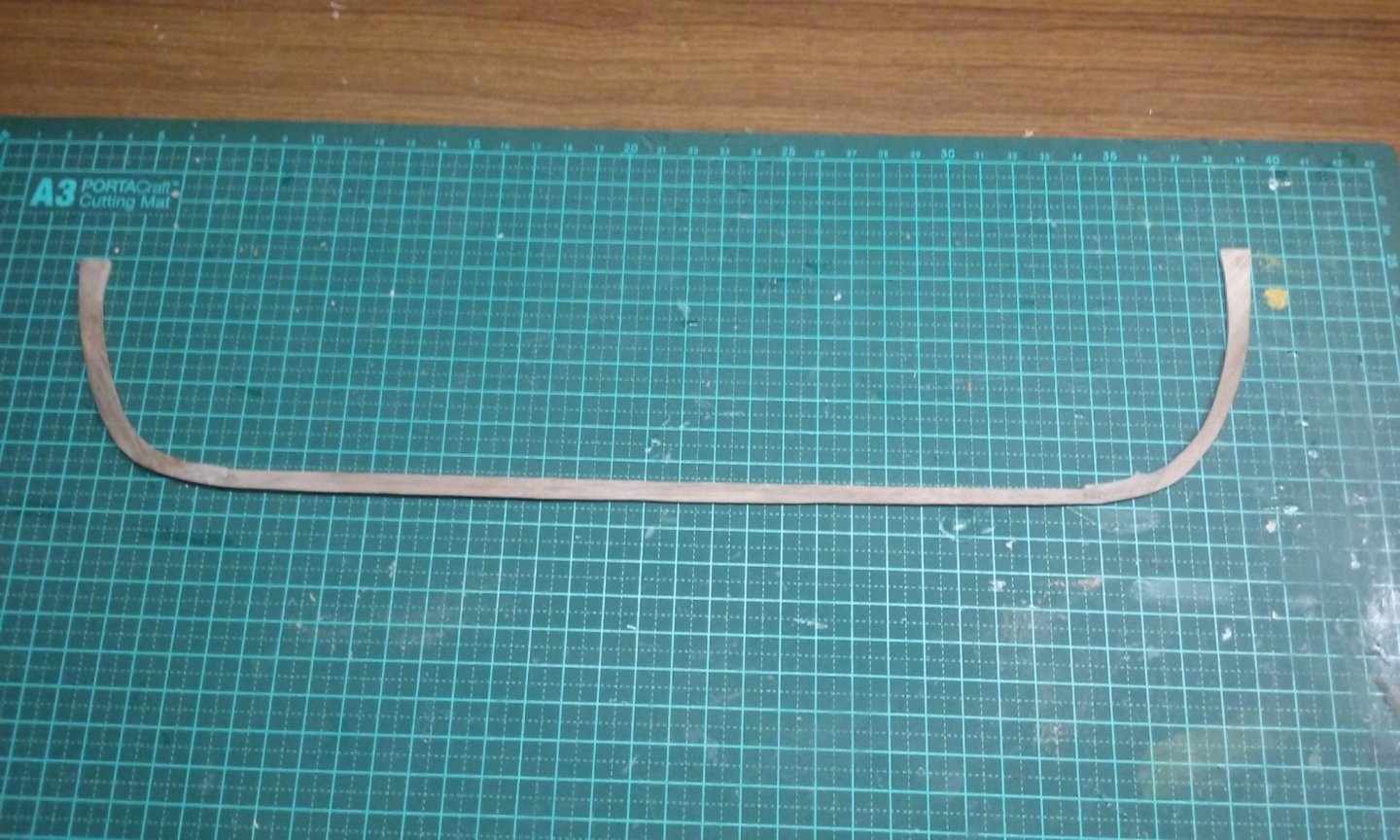
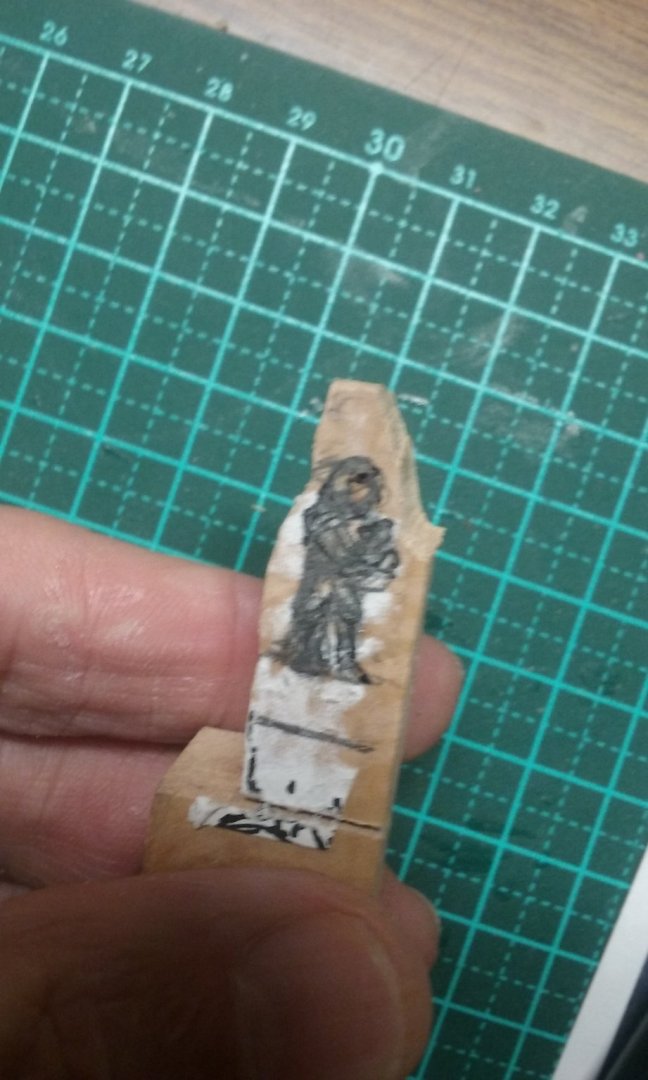
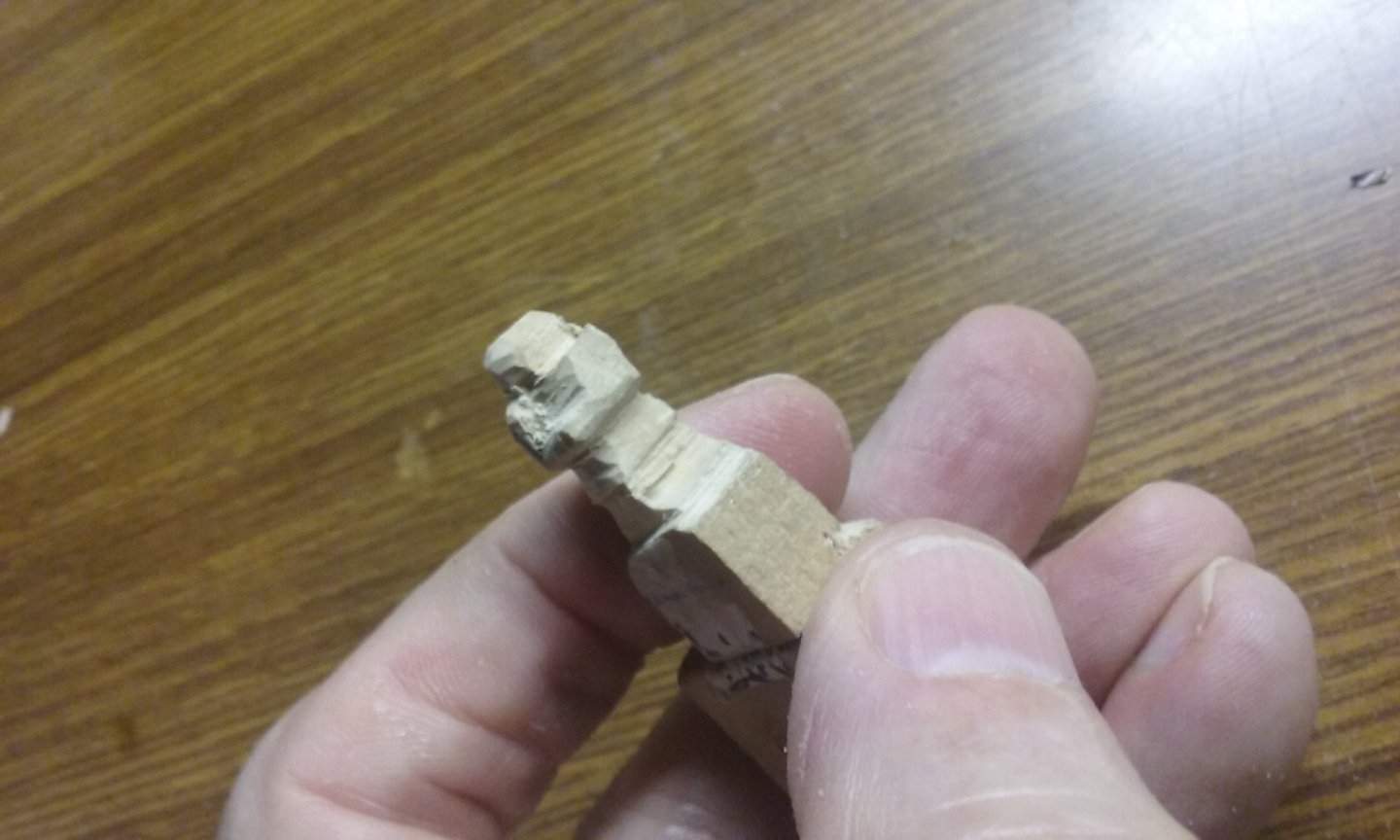
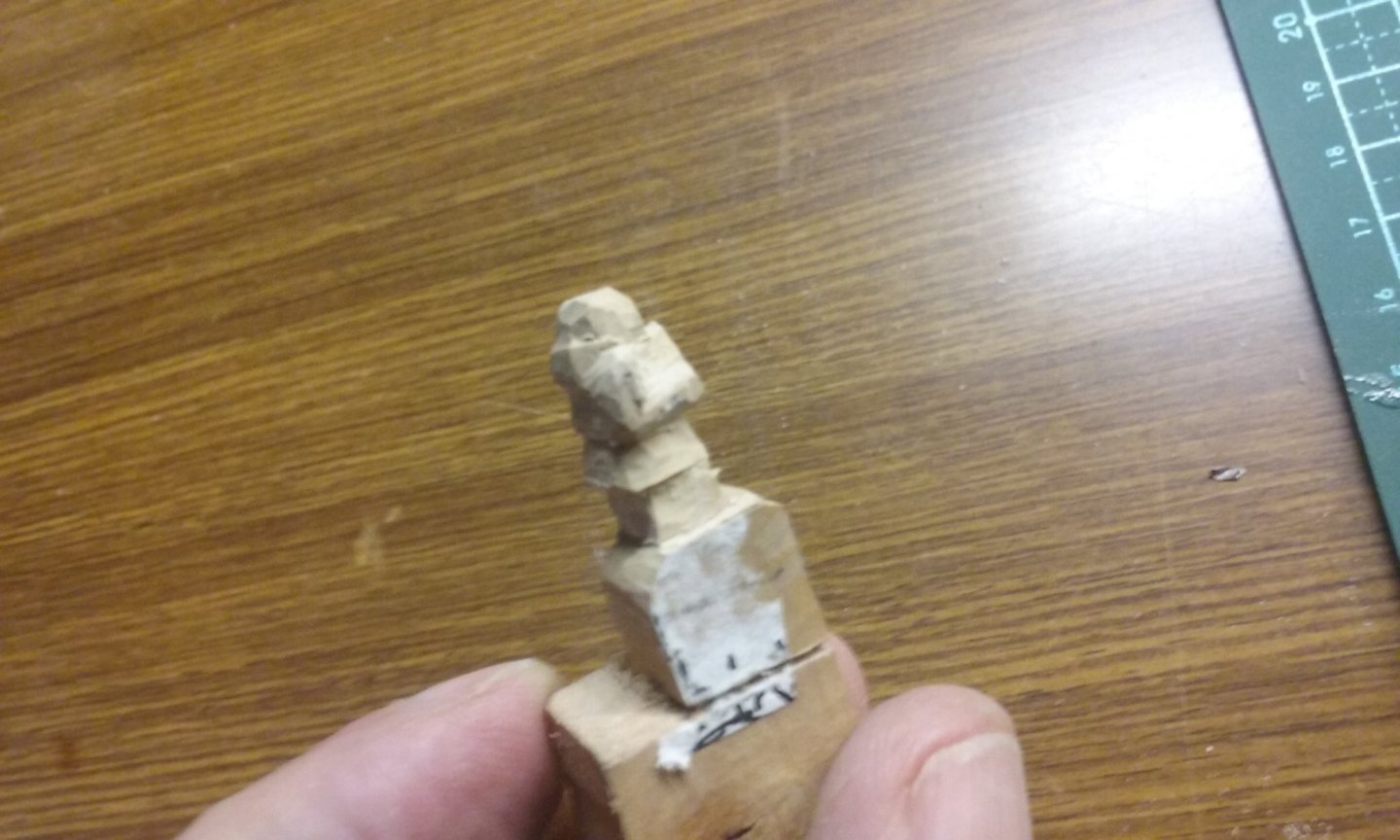
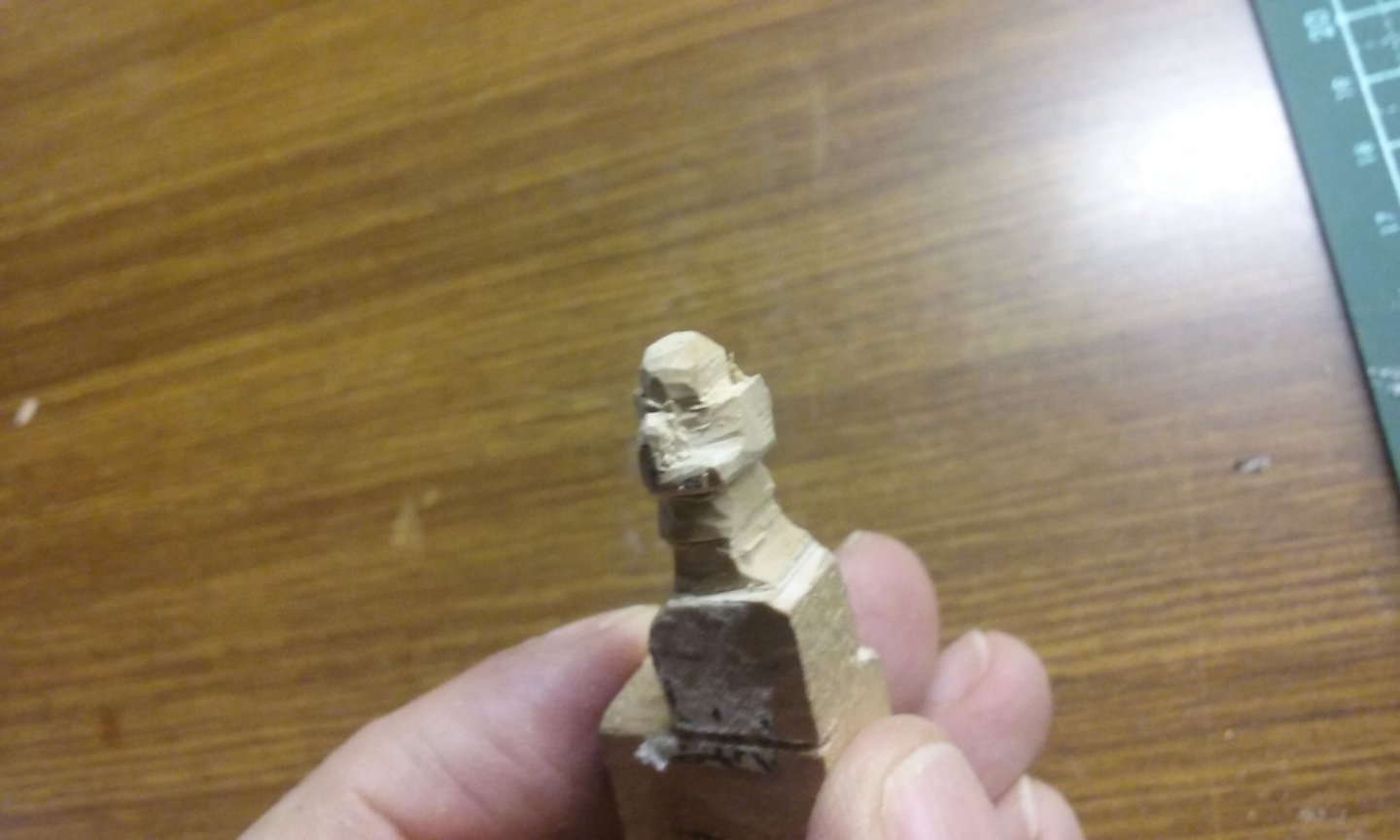
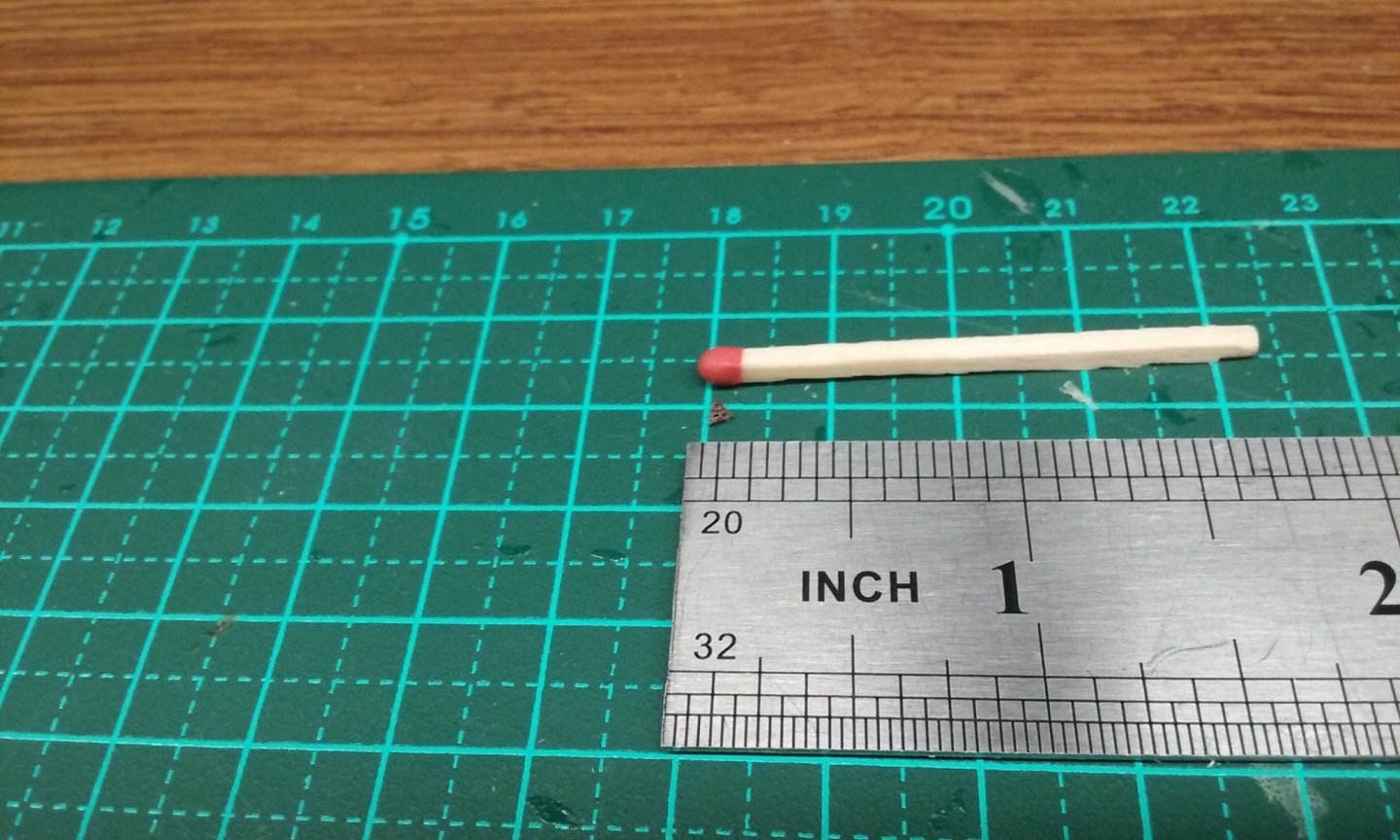
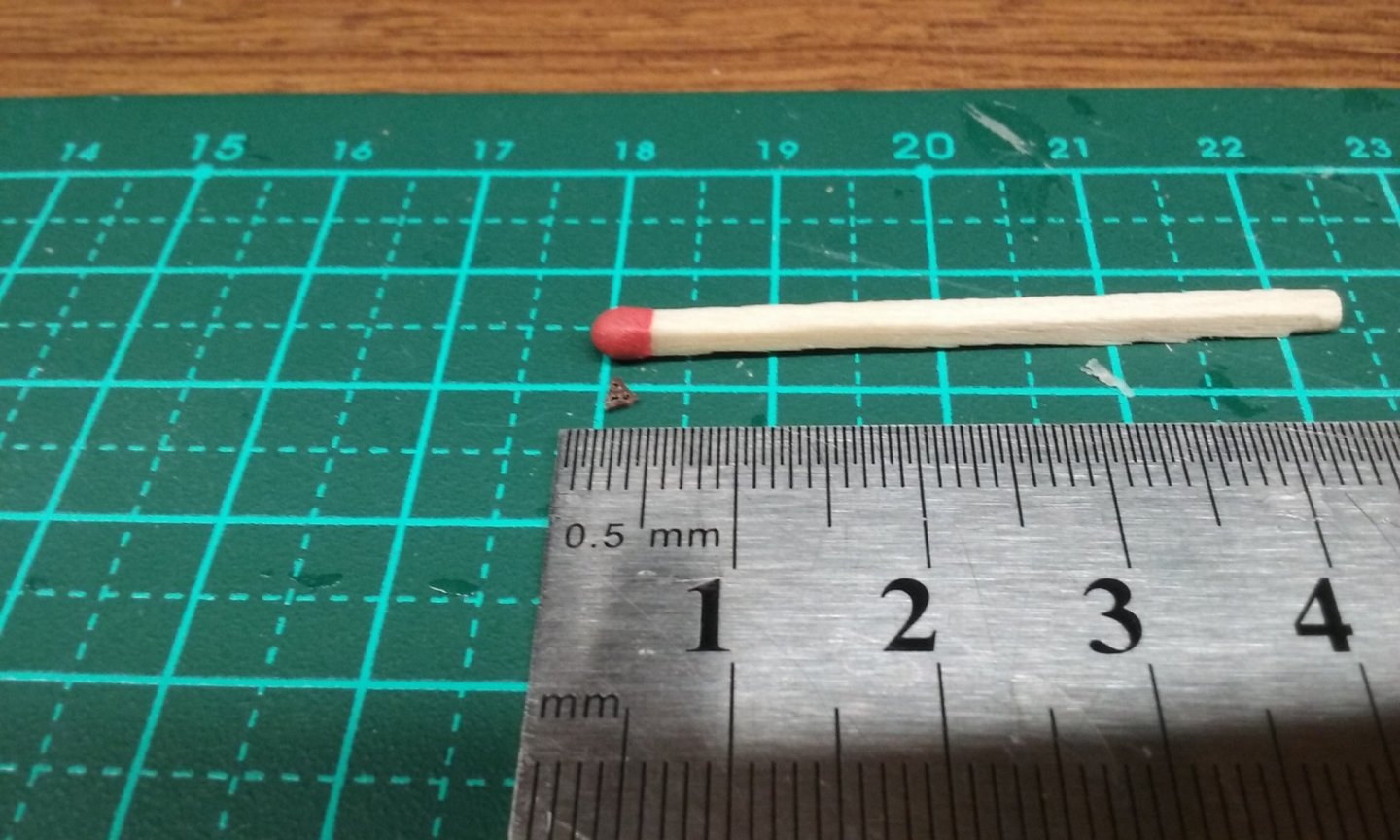
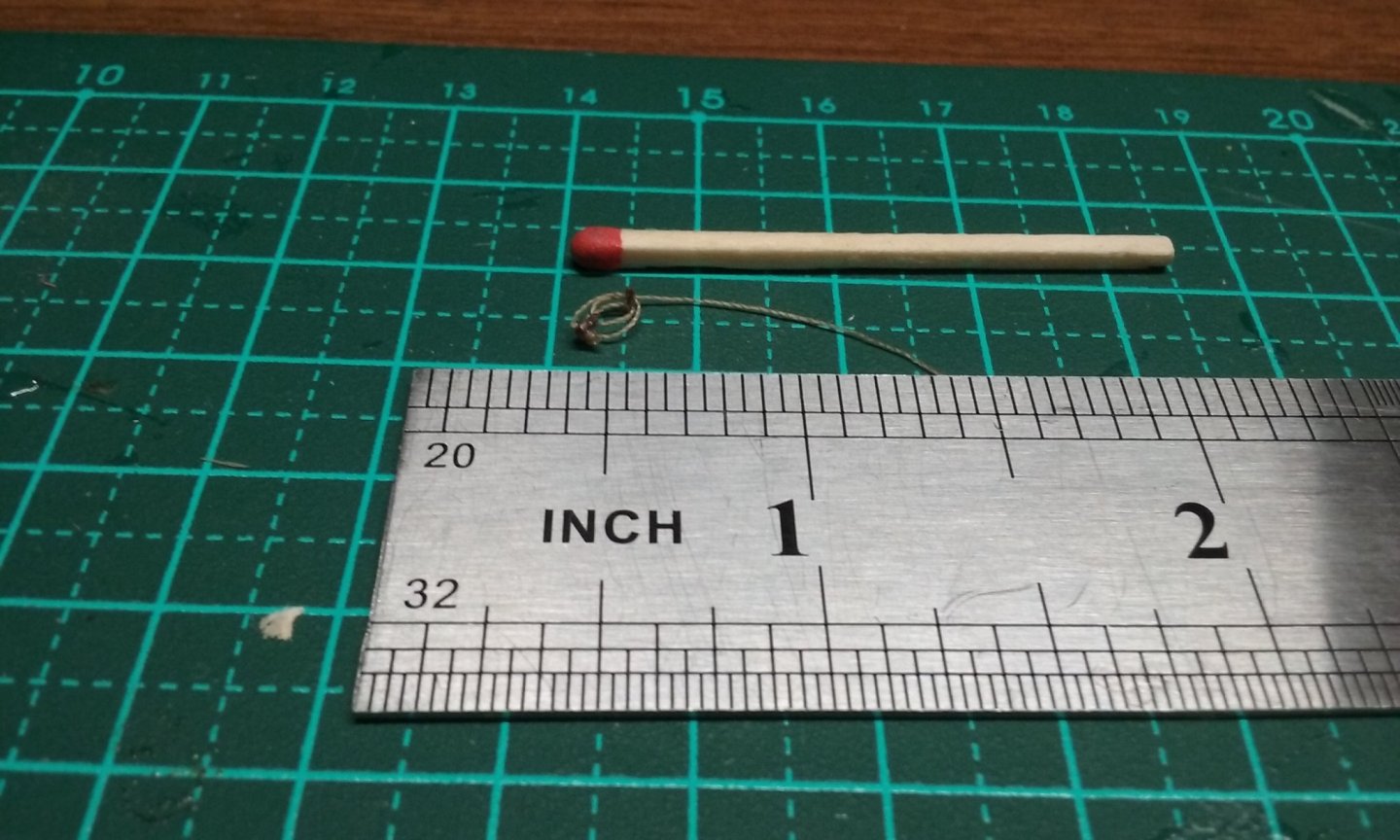
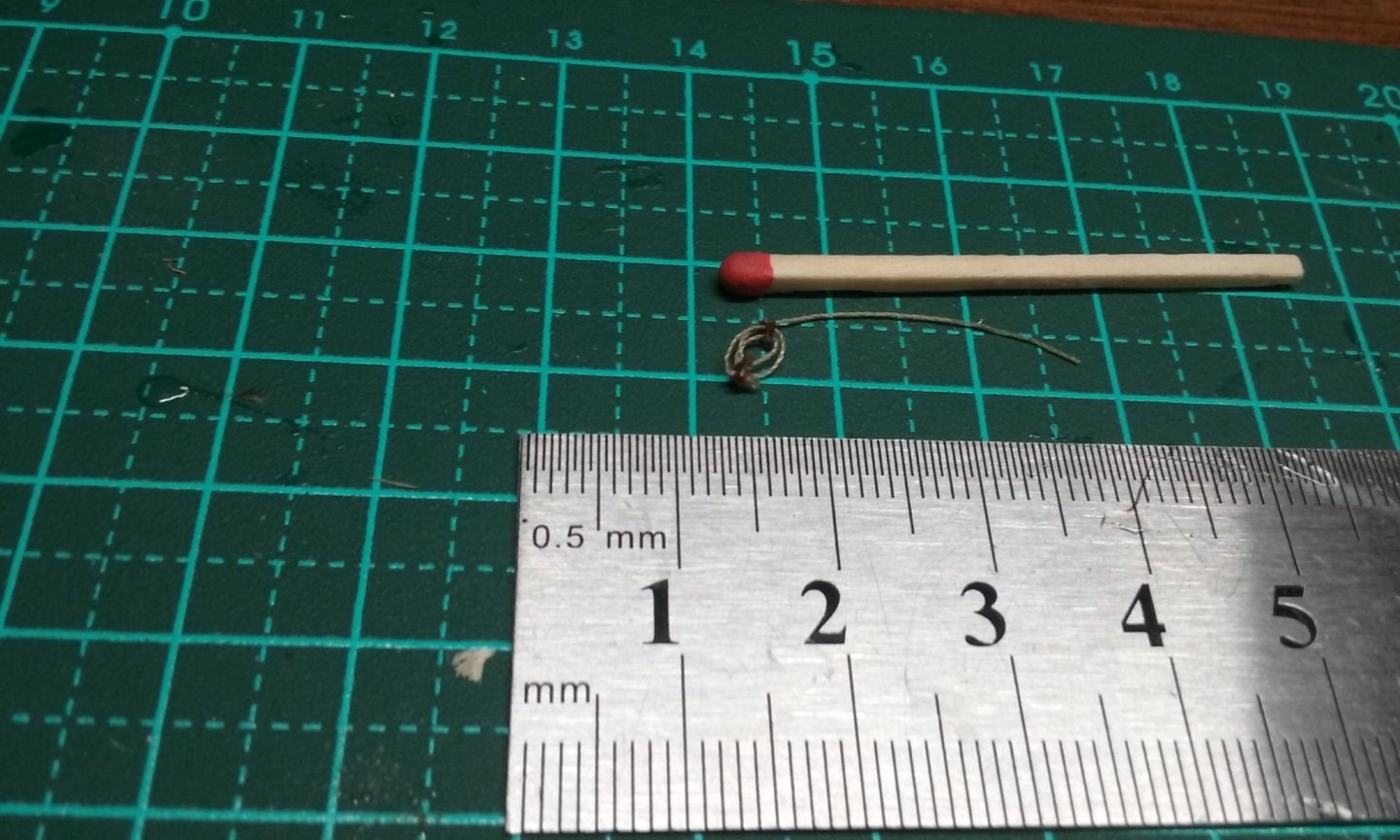
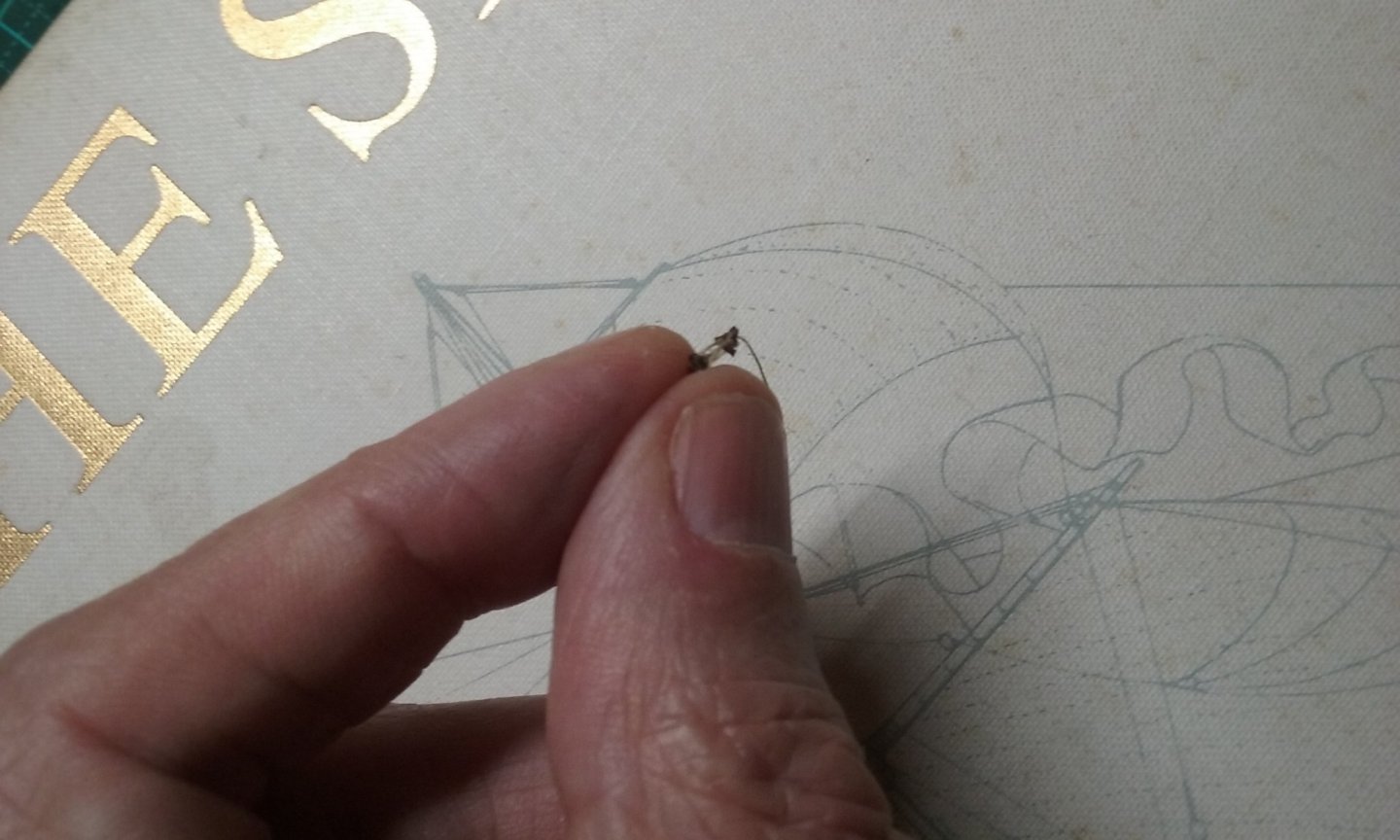

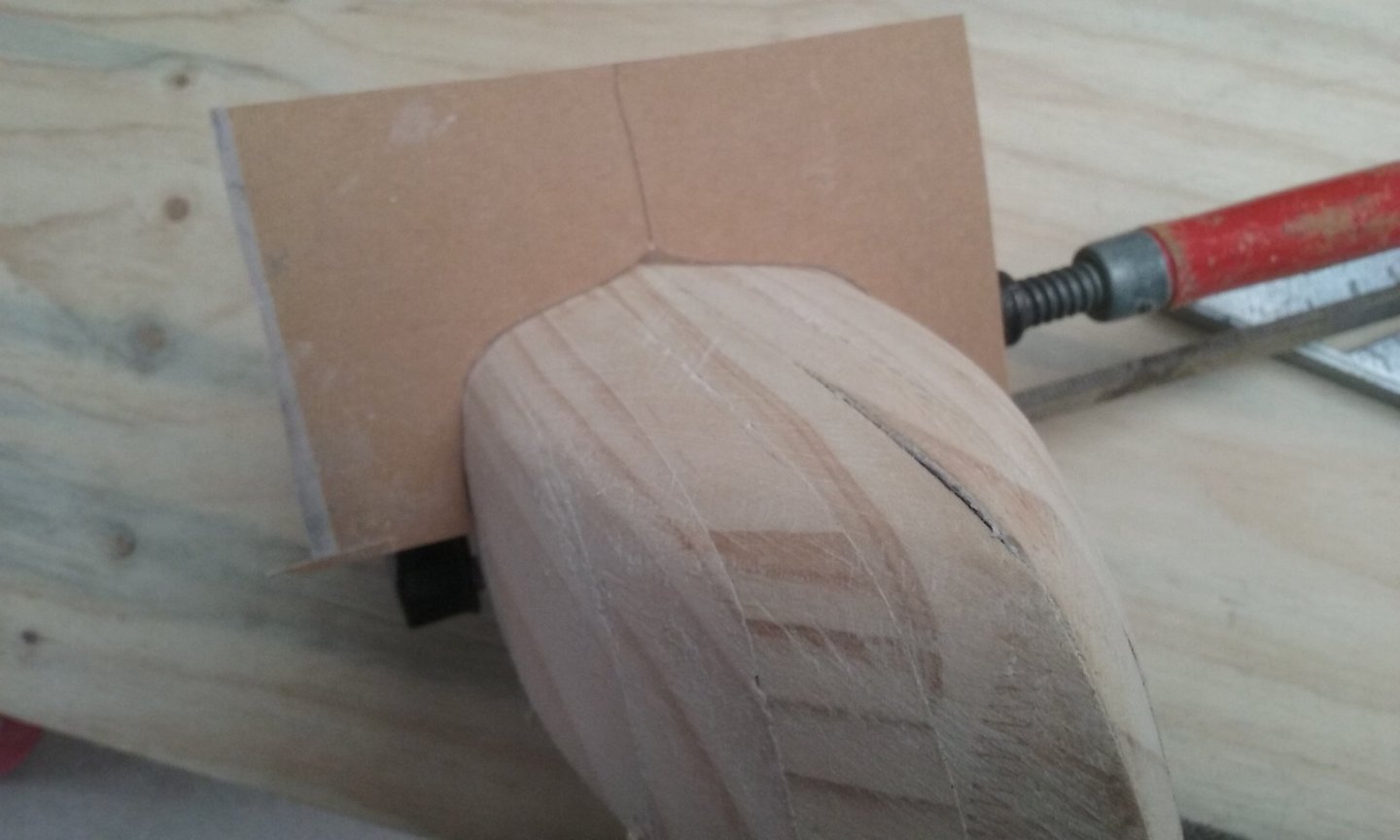
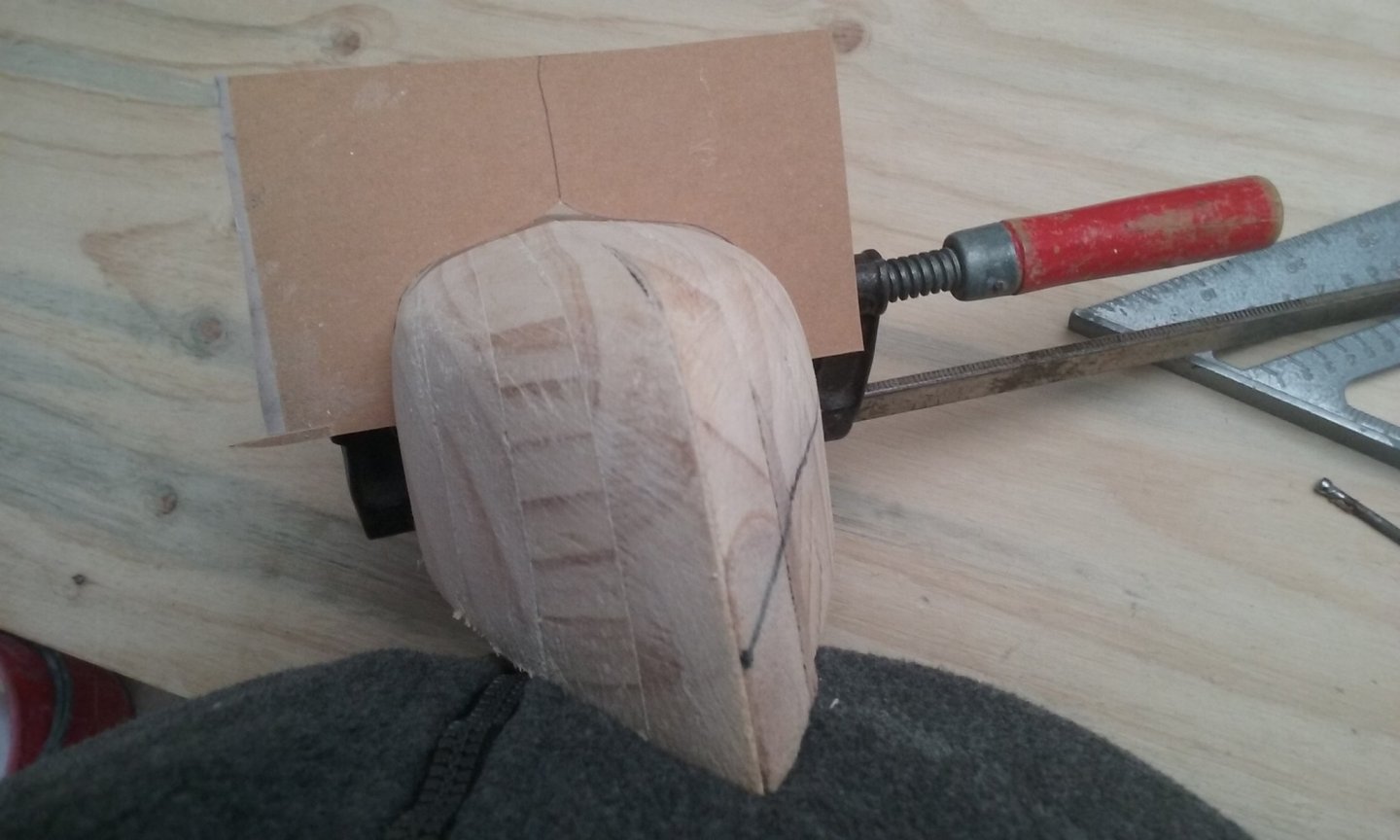
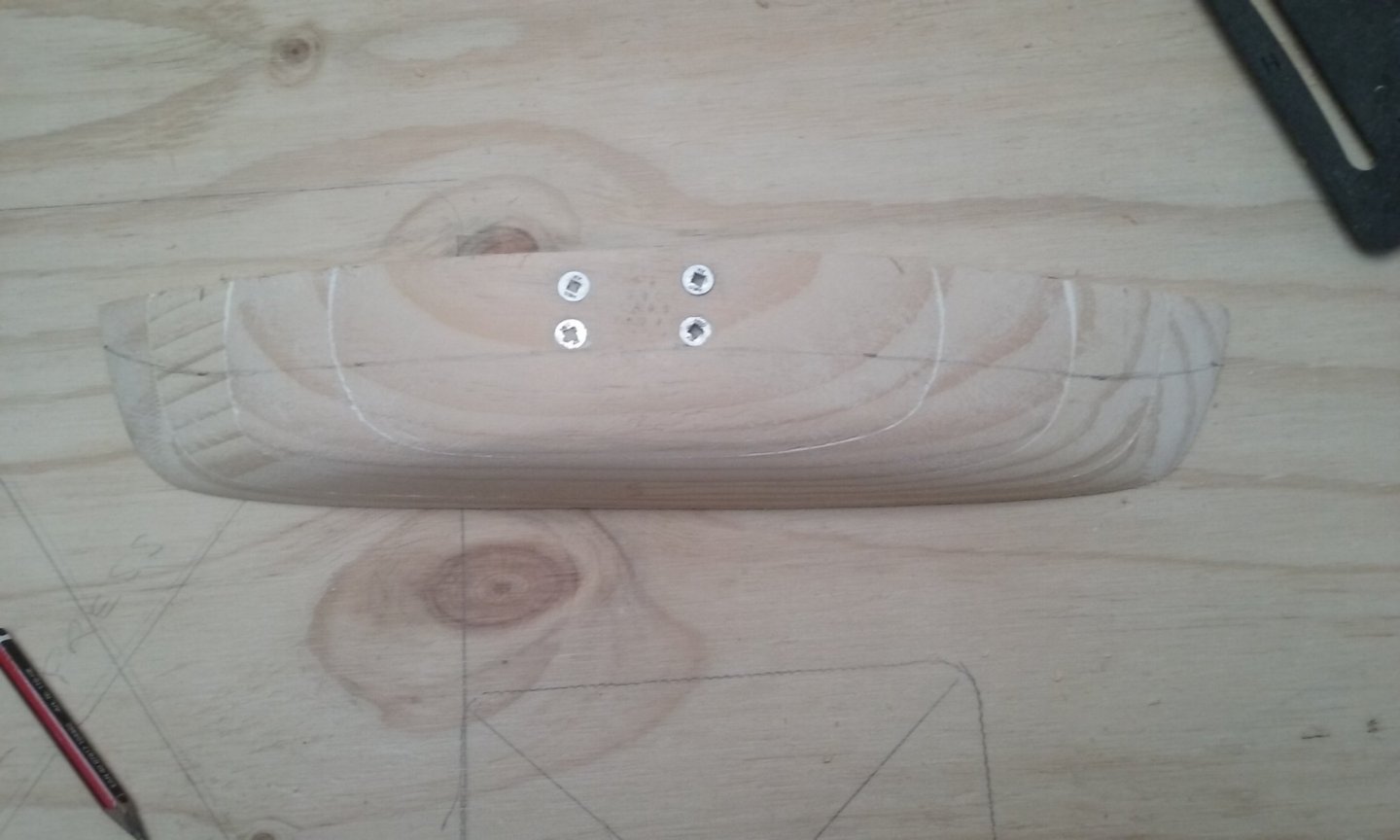
Roman Quadrireme Galley by Ian_Grant - 1/32 Scale - RADIO
in - Subjects built Up to and including 1500 AD
Posted
Why, thank you, sir!
Steven